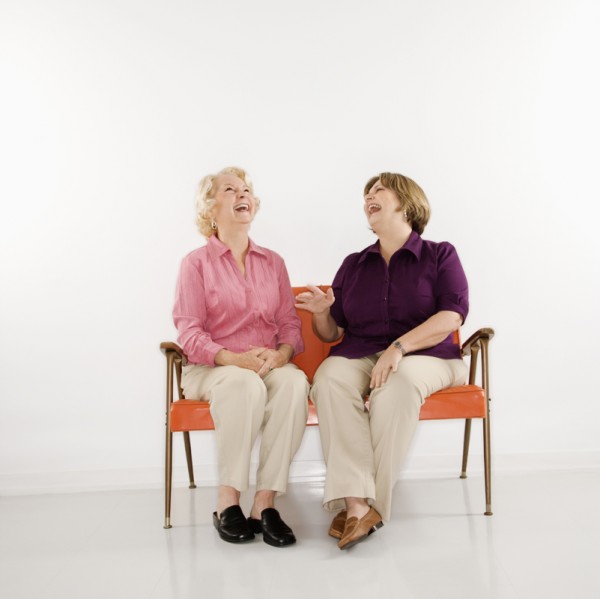With Women as Caregivers of Their Families, Who Cares for Them?
I started my role as a mother at a young age. I didn’t give birth at a young age, but I did take care of my little sister like a mother when our mom was away at work. I changed her diaper, rocked her to sleep, fed her with a bottle and then baby food, and comforted her when she was hurting. Now I am older and am thankful to be a mom to my own children. I felt really intrigued when I read an article entitled, Women are Caregivers, But Who Cares for Them?
In the article, the author talked about her first job, which was an aide in a local nursing home. She said, “Most of the residents in the nursing home were women, and they had great stories and volumes of wisdom to share with a young girl. What I didn’t think about then, but what I think about now, is their back story – how they ended up mostly alone, being cared for [by] staff in a nursing home…Were these women once caregivers themselves? Did they look after a sick parent or husband? Chances are, they were.” Wow! Talk about a powerful statement. I am in that point in my life where I am a caregiver, but what will happen to me when I get older? Who will take care of me or will I be put in a nursing home and forgotten, or maybe even visited on a regular basis by our children and grandchildren?
The author pointed out that many of these women in nursing homes probably did not have dreams of living the end of their lives alone in a nursing home. Many probably had loving families, yet had no choice where they ended up at the end of their lives. We don’t really think about these things when we’re young and busy caring for another in our life.
Did you know that caregiving by family members is rapidly growing? McAvoy says, “A recent AARP study showed that there are about 42.1 million family caregivers in the United States (most of them women ages 40 to 60) providing care to an adult with limitations, and 29 percent of those caregivers spend 40 hours or more per week providing that care. This means about one-third of Americans, mostly women, can list caregiving as an unpaid, full time job.”
I’ve seen how hard it was on my own parents. Watching their parents (our grandparents), who had been role models to them and an important influence with us, lose their everyday abilities, increase their dosages of medication, and require constant attention that they didn’t need before. It can be emotionally challenging with the delegation between siblings of who will care for the parent (think the TV show “Frasier”), not to mention the loneliness and isolation a caregiver might feel.
Let’s not forget the financial impact it has on the caregiver. Taking care of a family member with no pay. And who is taking care of the caregiver? McAvoy says, “Nearly half (48 percent) of women age 75 or older are living alone, compared to less than one quarter (22 percent) of men. The challenge becomes finding the resources to get care for yourself after you have given it for so long.
Costs can be as much as $7,000 – $11,000 per month and have a huge impact on your financial being if you haven’t planned accordingly. It may be difficult to have those conversations with your family about how you and they will be cared for in the event of unexpected illness, but it is one that must be had. It is important to understand your options for protecting your family, your assets, and your choice of care by learning about the benefits of long term care insurance.
Note that long term care insurance is not designed to replace family, but it can help offset the cost and burden of care, and for many, it will provide the choice of how and where you will receive care. You’ll find several options available for the proper types of long term care insurance protection and it’s important to seek the help of a trusted financial professional to find the one that is right for you.















Story of my life. Not only am I assisting with the care of my Mom but also my sister (she has MS as well as a brain tumor)
Thanks for the tips!